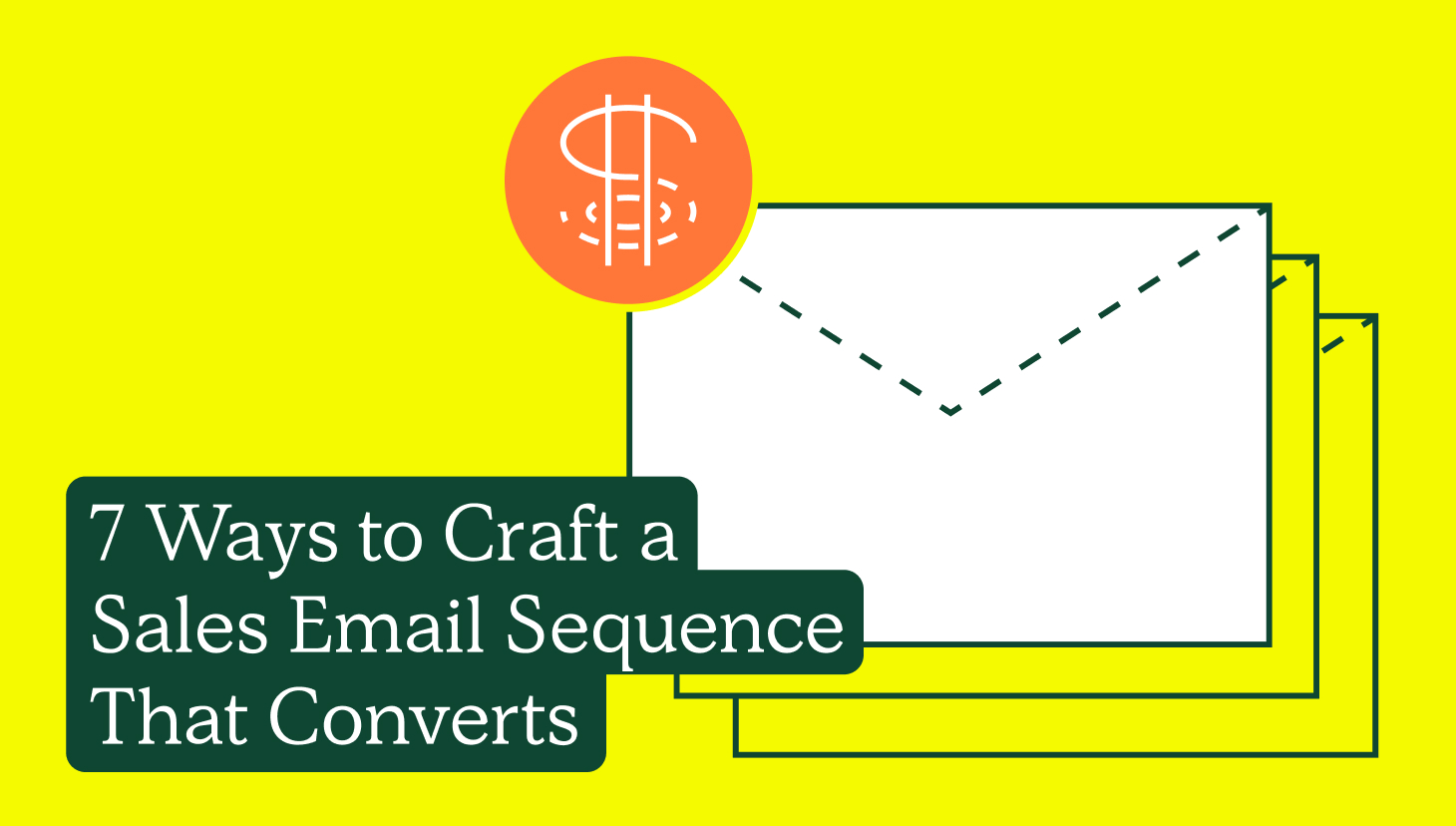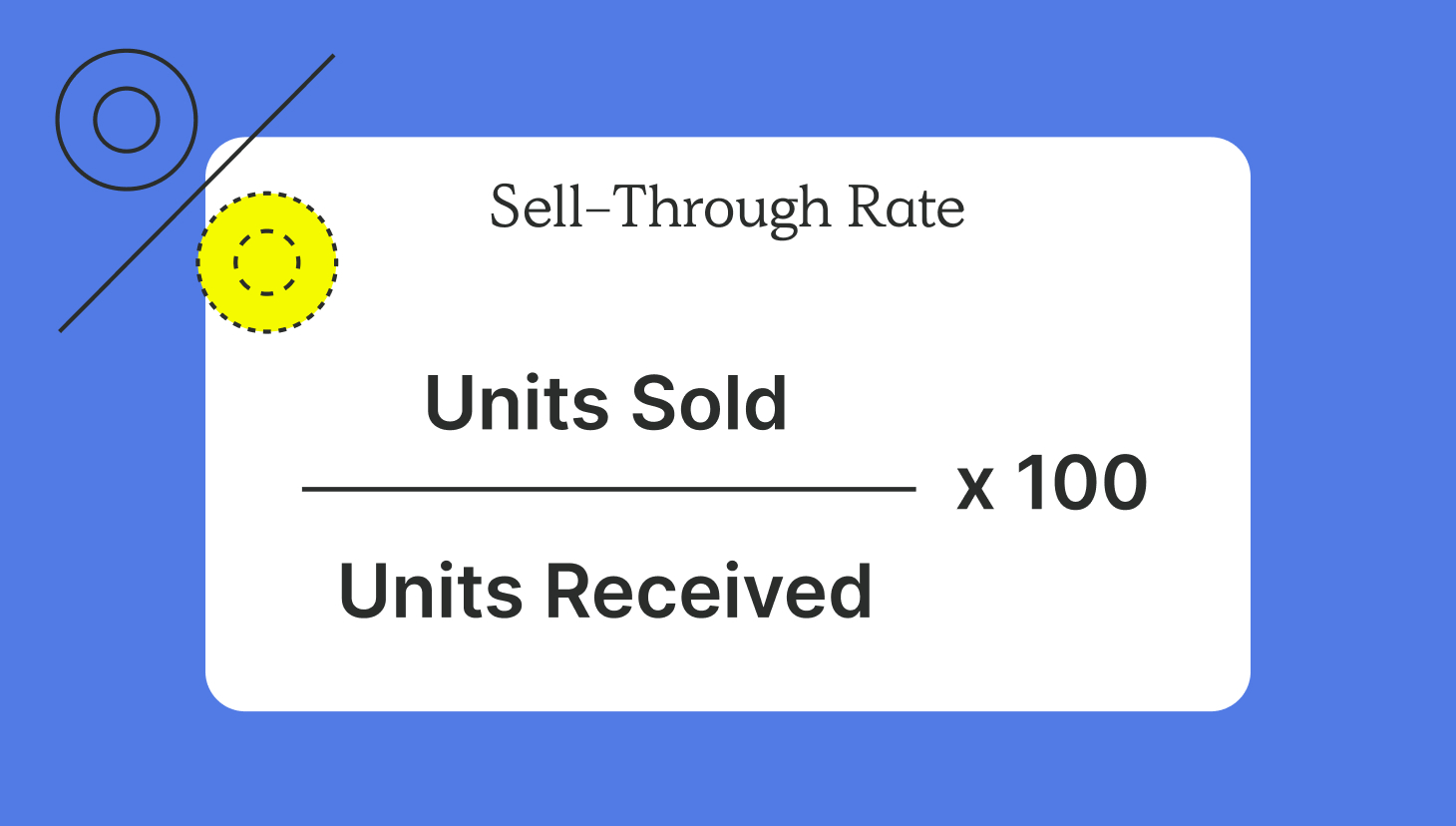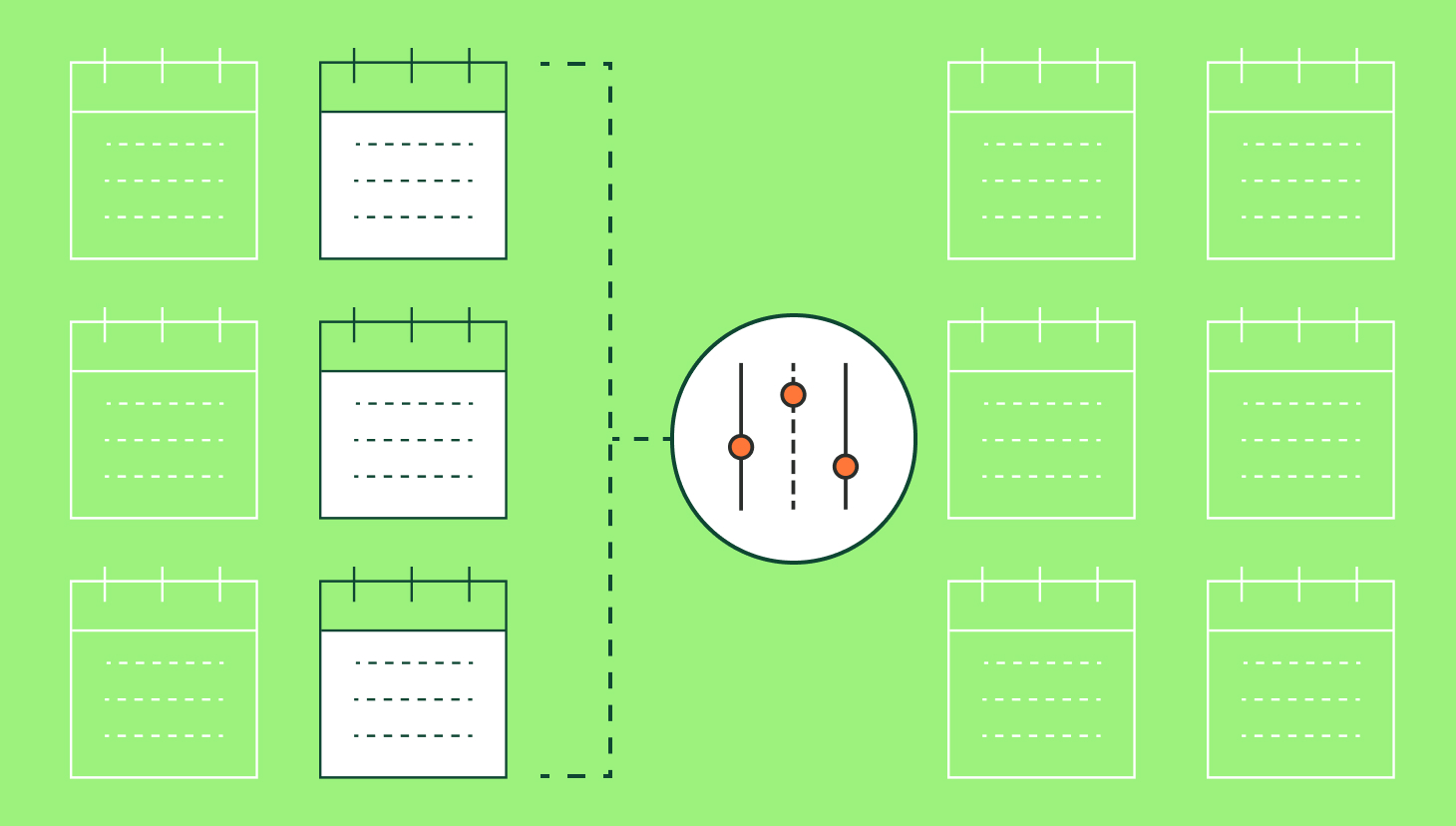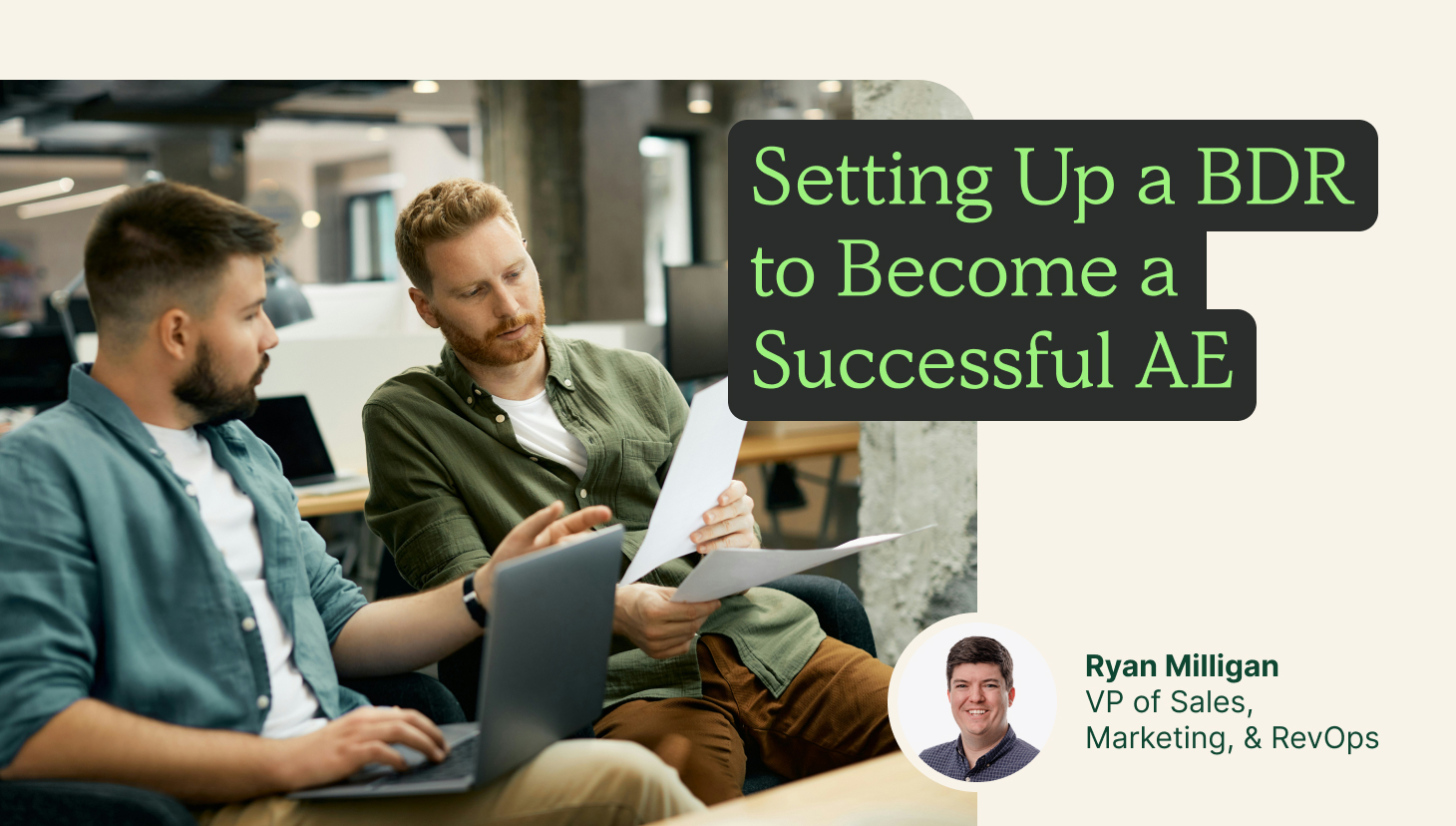Gathering leads is one thing, but turning them into paying customers is another.
One way to do this is through crafting a sales email sequence that can lead them from interest into action. When done well, a well-designed sequence can help you connect with your target audience on a personal level and guide them towards choosing you.
So, the question is: how do you create a sales email sequence that converts? We’ll look at the steps to follow, some top tips, and provide some templates to get you started.
7 Steps to Create an Email Sequence
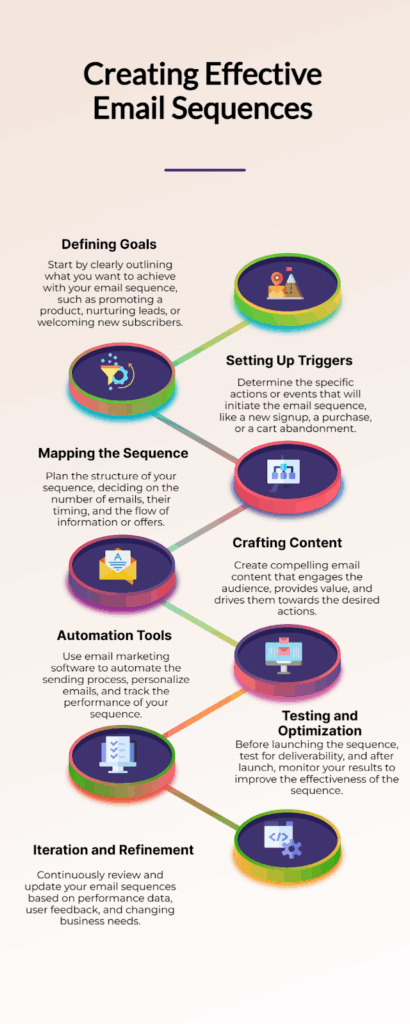
- Define the Goal of Your Email Marketing Sequence
Before you start writing and sending out emails, you need to establish your purpose. What do you intend to achieve at the end of the exercise? The answer will impact your entire strategy as each goal requires a different approach.
Obviously, one main goal is to convert leads to customers, but you might have other goals too. For instance, you might want pre-launch signups for a new product, or to re-engage previously active customers.
You should also consider secondary goals. Let’s say you’re emailing new subscribers. Your primary goal is to encourage them to renew their subscription. But your secondary goal might be to help them understand how to use your product. This would lead to a different sequence than one with a secondary goal of getting them to download and engage with a recent whitepaper.
- Identify and Set Up Triggers
Triggers are points at which automated emails are sent out. They’re usually based on leads taking a specific action, but can also be based on time. Common triggers include:
- Signing up for a newsletter
- Downloading a free resource
- Adding something to their cart, but then leaving
- Three months passing since their last purchase
- Two weeks before their subscription renews
Once you’ve pinpointed the best ones for your offering, you can set up automated email sequences to be sent out after a trigger event. This ensures that your emails are timely and relevant to the recipient’s recent interactions with your business. As a result, your emails are personalized and more effective.
For example, say a customer abandoned their cart. A trigger message could be sent the following day to remind them of what they left behind. It could also include a limited-time discount to encourage them to complete their purchase.
- Map Out the Sequence
Now, you need to decide on the number of emails you want in your sequence and their timing.
A well-crafted sales email sequence eases leads towards becoming paying customers. They don’t feel bombarded, but your products and services remain at the forefront of their mind. For a re-engagement sequence, you might start with a gentle reminder of your value proposition. Then, follow it up with a nudge highlighting new features. And, finally, a compelling offer, like a discount, to win them back.
That said, how you structure your sequence will depend on your goal and rapport with your audience. A B2B company selling small business phone systems will need a very different approach to a B2C skincare brand – the former will be looking for subscriptions, while the latter might want small, regular purchases.
- Create Engaging Content
All that planning and effort will be wasted if the content of your email is irrelevant to recipients. Every part of your sequence should be carefully considered, from the subject line to the color scheme.
Consider your goal with each individual email beyond the overarching sequence aim. Are you trying to be educational? Sales-focused? Is the focal point user-generated content (UCG), or are you highlighting some new research?
Let’s say you’re a communications company, and you’re writing an email sequence designed to turn free trial members into paying customers. Your early emails might be educational, highlighting particular features they may not be aware of or discussing VoIP benefits and drawbacks. Later emails turn to UCG, showing a couple of specific case studies in the same industry as your lead. Finally, you craft the perfect sales pitch and call to action (CTAs) to guide them towards the desired action.
You should also personalize your messages by addressing recipients by their first name or business name, referencing their recent actions, and focusing on what you can do for them specifically.
- Automate with the Right Tools
The sales tools you use can make or break your email sequence campaign.
Invest in an email marketing software that provides automation, personalization, and analytics. The program should allow you to segment your audience based on their demographic and behavioral data.
It’s also worth checking for A/B testing capabilities. This feature enables you to try out different versions of your email to determine what works best. For example, you can test subject lines, different CTAs, or content formats to optimize your campaign’s performance.
Having software that supports automated email triggers is key to your campaign running smoothly.
- Test and Optimize
So your strategy and content are ready. Great! However, don’t roll out your email sequence just yet. You need to test different elements first to see what works best. In particular, make sure it’s mobile-friendly as 92.3% of people access the internet via their phone, and 60% of web traffic comes from mobile devices.
Image from Exploding Topics
Take the time to trial your new strategy on a small audience segment. Experiment with different email subject lines and content, and even sending times, to see which has the highest email open rates. This data will then help you optimize the campaign before a full launch.
Keep in mind that testing and optimization are continuous processes. Monitor the results, listen to customer feedback, and pay attention to wider market trends. Additionally, make sure your emails work with any new OS updates or other major changes.
- Iterate and Refine
Email sequence, like other aspects of email marketing, isn’t a set-it-and-forget-it process. For it to be successful in the long run, you need to monitor its performance. We’ve mentioned regular testing, but make sure to track key metrics like open rate, click-through rates, and conversion rates. These indicators reveal how well your emails are received by your audience and areas for improvement.
You can then use this data to make adjustments and iterate on your strategy to achieve better results.
Tips for Crafting an Email Sequence that Converts
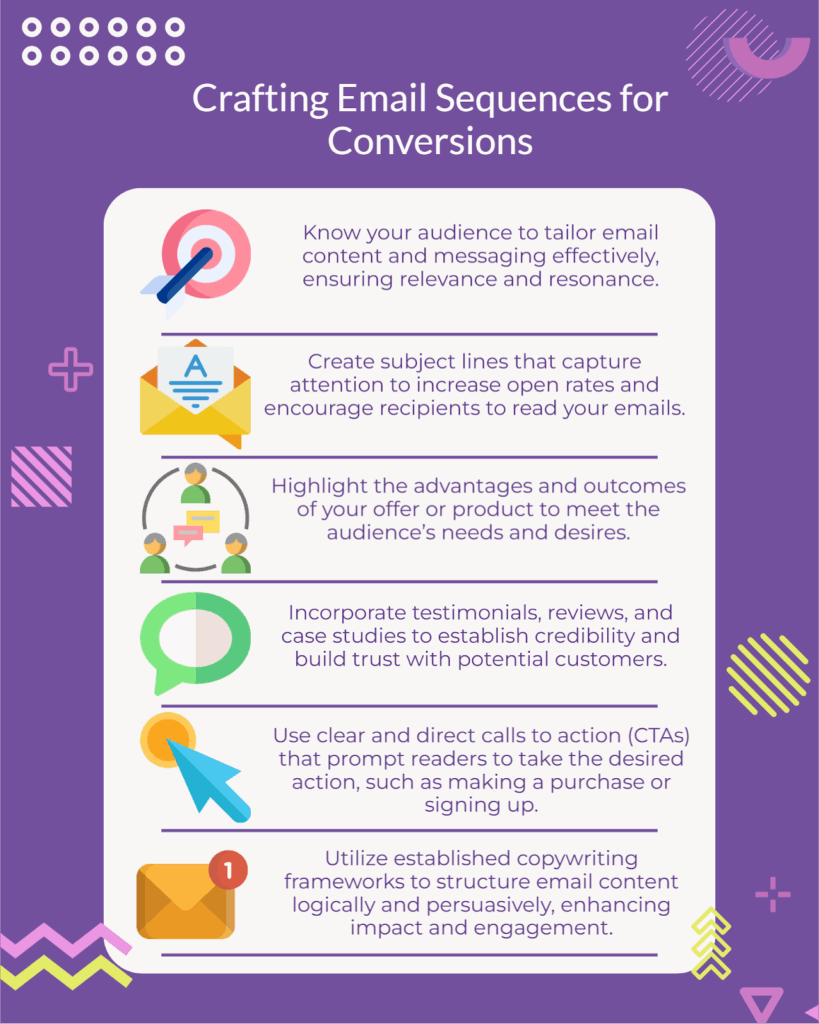
Understand Your Target Audience
The most successful email campaigns begin with knowing who you’re writing to. For B2B brands, this means knowing their industry and their role within their organization. For B2C businesses, you want more personal insight into things like income bracket and demographic details. In both cases, you need to know their main pain points and what they value.
Taking the time to know your recipients can make a major difference. Consider a communications solutions company approaching SMEs and enterprise leads. When introducing their solution to a small family-run bookkeeping business, the lead-nurturing sequence might start with a common business challenge: outdated phone systems. The subsequent email could then introduce a modern communication solution by answering the question what is voice over IP and how it can revolutionize business communication.
However, when addressing a Head of IT at a large business, they can skip that elementary bit and go straight into highlighting their enterprise-level features.
Understanding your audience ensures you only send them emails they care about, which is crucial for engagement and conversion.
Write Attention-Grabbing Subject Lines
You’re one one of hundreds of businesses fighting for a prospect’s dollar. Standing out is key, especially if you’re using cold email services and approaching with no warm-up. The content of your emails might be amazing, but if no-one ever clicks through, it’s all for nothing.
That’s why writing attention-grabbing subject lines is vital.
That doesn’t mean you should rely on things like ALL CAPS or lots of exclamations!!! All that does is make you look like spam. Instead, focus on crafting a line that’s relevant and specific. It should spark curiosity or create a sense of urgency.If it fits, you could include the recipient’s name, business name, or industry.
Taking the above points into consideration, a compelling subject line will look something like this:
Is [company] still using traditional phone systems? Let’s change that!
Focus on Benefits Over Features
It can be tempting to go on about that shiny new feature you’ve just added to your product. After all, it took your team long hours to get it right. However, the reality is that all customers care about is what is in it for them.
How does your shiny new feature make their life easier? That’s what you need to focus on. For instance, don’t say “our VoIP system has call analytics.” Instead, say, “ monitor every call and get actionable insights to improve customer service and boost sales performance.”
Leverage Social Proof
Say you are contemplating doing business with a company. Then you learn that prominent organizations in your field have worked with them in the past, and left positive testimonials. That automatically increases your trust levels and makes you more inclined to patronize them.
That’s social proof, and humans value it. Humans often look to the actions and opinions of others to guide their own behavior.
For an email sequence, this can be in the form of highlighted reviews, a brief case study, or even aggregate performance metrics (companies like [brand] see a 45% reduction in packaging with our solution).
The idea is to show that others have succeeded with your product, which suggests they can too.
Include Compelling CTAs
Make it easy for readers to know what to do after every step in your sales sequence. That means every email needs an easy-to-identify call to action. If you want them to download something, end with ‘Want to learn more? Download our whitepaper now. Your language should be action-oriented and create a sense of urgency.
To ensure your CTAs stand out visually, you can make them a different color or turn them into clickable buttons. Again, make sure to test this on mobile devices — if the button is too small, it’ll lead to frustration rather than engagement.
Design, track, and manage variable incentives with QuotaPath. Give your RevOps, finance, and sales teams transparency into sales compensation.
Talk to SalesEmploy Copywriting Frameworks
AIDA (attention, interest, desire, action) is one copywriting framework that can provide structure for your emails.
Let’s say you provide payroll automation.
You might grab the attention of small businesses by mentioning that automation can free up their time to focus on other things. Then, you pique their interest by highlighting that it can help them remain compliant and make tax season easier. As the company showcases how easy it is to set up and use, it creates desire. Finally, it prompts action with a clear CTA to schedule a demo.
AIDA helps guide prospects through the buyer’s journey, ensuring each email serves a specific purpose in moving them closer to conversion.
Types of Sales Email Sequences with Examples
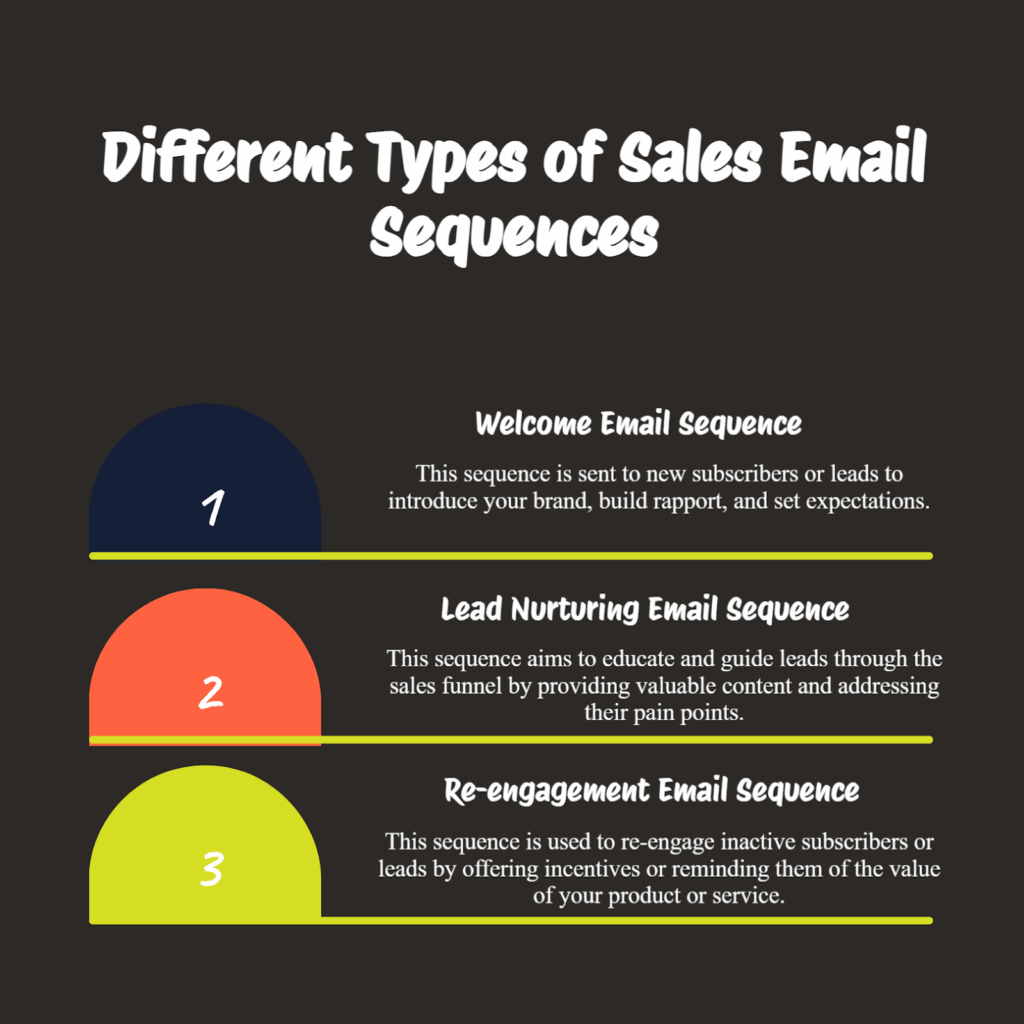
Welcome Email Sequence
A welcome sequence is the first communication you will have with potential customers. It is where you make a first impression and make a case for your product or service.
Keep it short and to the point, but ensure recipients have all the information they need regarding the next steps.
Here’s an example of what a good welcome email aimed at someone in the ‘free trial’ stage of a small business phone systems service might look like:
Subject: Thank You for Trying Out [Product Name]
Hi Recipient’s First Name,
Thank you for taking [Product Name] for a spin. Just checking in to see if everything is going well so far. Let us know if we can help in any way, or take a look at our knowledge base [here].
For most of our customers, [Product Name] is helping them save time and money. Here’s what one of them had to say:
[Customer Testimonial]
Still on the fence about joining the [Product Name] family? Use coupon code JOINTHEFAMILY to get 30% off on your first month subscription.
Don’t hesitate to chat with us if you have any more questions.
Enjoy your trial!
Cheers,
[Product Name] Team.
Lead Nurturing Email Sequence
A lead nurturing email sequence helps you build relationships with prospects and guide them towards making a commitment. It makes the entire sales process feel more natural and less pushy, while providing value at every step of the journey. You can also link them to other resources – for instance, if they’ve downloaded one ebook, why not point them towards the rest of your learning content?
Take this reminder to download a lead magnet, for example:
Subject: Reminder: 100 Leads in 30 Days are Waiting for You
Hey Recipient’s First Name,
Thank you for downloading 100 LEADS IN 30 DAYS.
Click here to access the eBook + all bonuses.
Then why not let us know at [social media link] how you found it?
Best wishes,
[Brand Name].
Re-engagement Email Sequence
As the name suggests, a re-engagement sequence is designed to help you re-engage inactive subscribers. These emails usually include incentives, such as special discounts or exclusive offers, to encourage them to return to the business.
For example:
Subject: Here’s a Discount, ‘Cause We Miss You
Hey Recipient’s First Name,
Long time no see! We wanted to reach out with a special 25% off discount just for you.
Let’s make up and continue building something great together. Use code WELCOMEBACK at checkout today.
Love from [Product Name].
Wrapping Up
A sales email sequence, like every email, gives you the chance to connect with prospects on a personal level. It allows you to understand their desires, challenges, and needs. This way, you can present your product or service in a way that resonates with their unique situation.
This slow-building approach guides your leads down the funnel, and before you know it, those leads will be loyal customers.
Follow the steps above to get started, and remember to continuously test and refine your approach.
